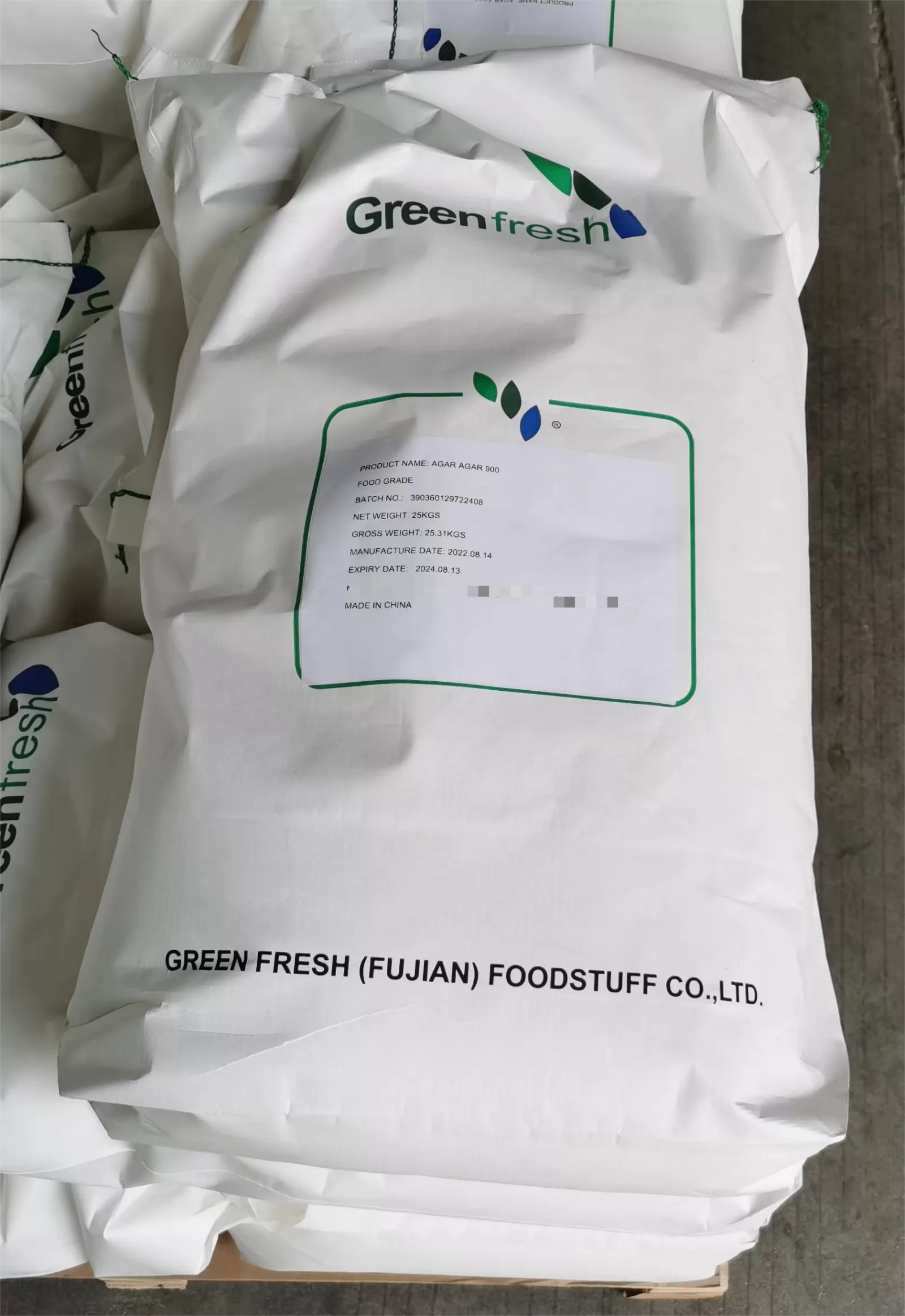Understand the characteristics of thickeners and their role in various fields to help you better understand and use them!
Thickeners are common food additives used to change the viscosity and concentration of liquid foods. They play an important role in the cooking process, giving better texture, mouthfeel and consistency to food. This article will introduce the characteristics, common types and uses of thickeners in different fields.
Thickeners are substances that increase the viscosity and consistency of food. They are made from a variety of chemical, natural or synthetic raw materials. Thickeners work by absorbing liquid and forming a colloid, gel or viscous mixture. They change the flow of food, making it easier to stir, fill and chew. Thickeners are widely used in cooking, food processing, pharmaceutical preparations, cosmetics and other industrial fields.
Thickeners have many uses in cooking. First, they can be used to regulate the consistency and viscosity of food. By using the right thickening agent, you can thicken soups, sauces, and creams and enhance the texture and mouthfeel of your food. Secondly, thickeners can also be used as emulsifiers to help mix oil and water and increase product stability. In addition, they can be used to prevent food from separating during cooling or heating, maintaining food uniformity and stability.
Common thickeners include starch, gelatin, pectin, cellulose and gelatin. Starch is one of the most common natural thickeners and can be obtained from grains and roots. It can form gels at high temperatures and is widely used in making sauces, soups and jellies. Gelatin is an animal-derived thickener, usually extracted from animal skins or bones. It forms a gel when cooled and is widely used in making jellies, candies and puddings.
In addition to these traditional thickeners, there are many natural alternatives available. For example, brown rice, gorgon seeds, and tapioca starch are all natural thickeners, making them ideal for vegetarians and people allergic to traditional thickeners. In addition, some new thickeners, such as guar gum and xanthan gum, are also beginning to be used in the food industry.
It is worth noting that when using thickeners, you need to pay attention to the appropriate amount. Excessive use of thickeners may cause food to be too thick, affecting taste and texture. In addition, some thickeners may have allergic reactions or adverse effects on certain groups of people, so product labels should be read carefully and professional advice should be sought before use.
All in all, thickeners have a wide range of applications in cooking and other fields. They improve the texture, mouthfeel and consistency of food, making it more palatable and attractive. Understanding the different types of thickeners and their characteristics can help you better choose the one that suits your needs and improve your cooking skills.
How to buy high-quality thickener?
There are countless thickeners on the market, but the quality varies. However, thickeners are related to our food and drink after all. How to choose a safe and secure thickener? If you have this problem, you may wish to try KemFood's thickener. KemFood has been established for 7 years. It has been focusing on the research of thickeners and has formed good cooperative relationships with many companies. You are welcome to contact us!

